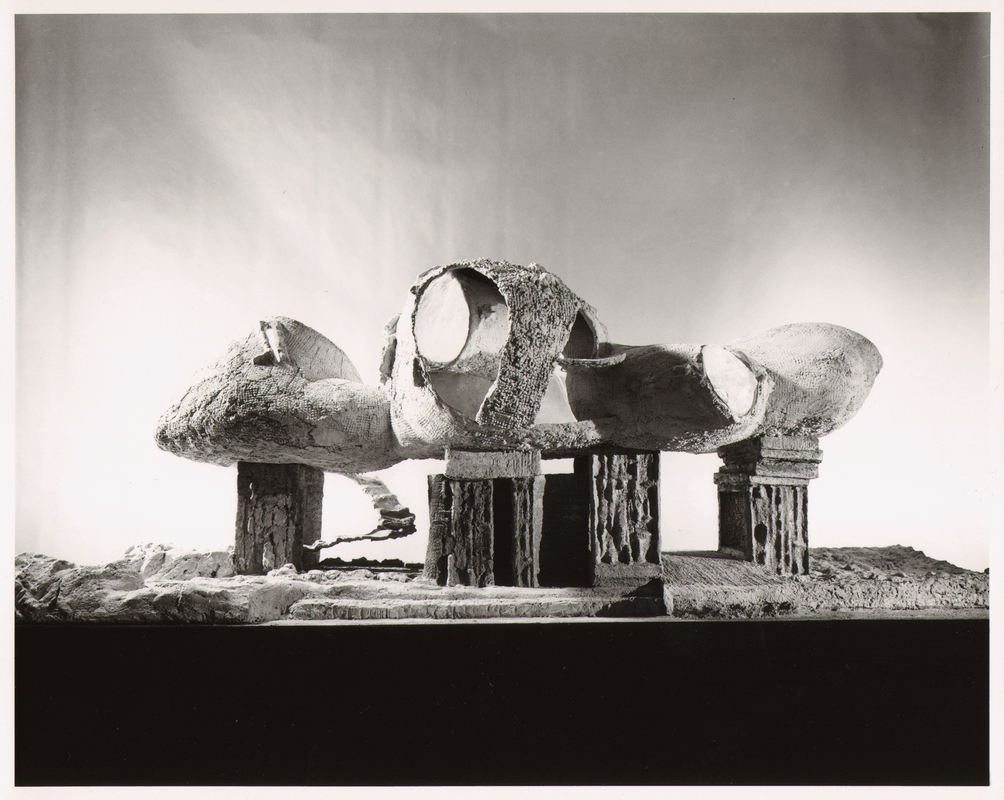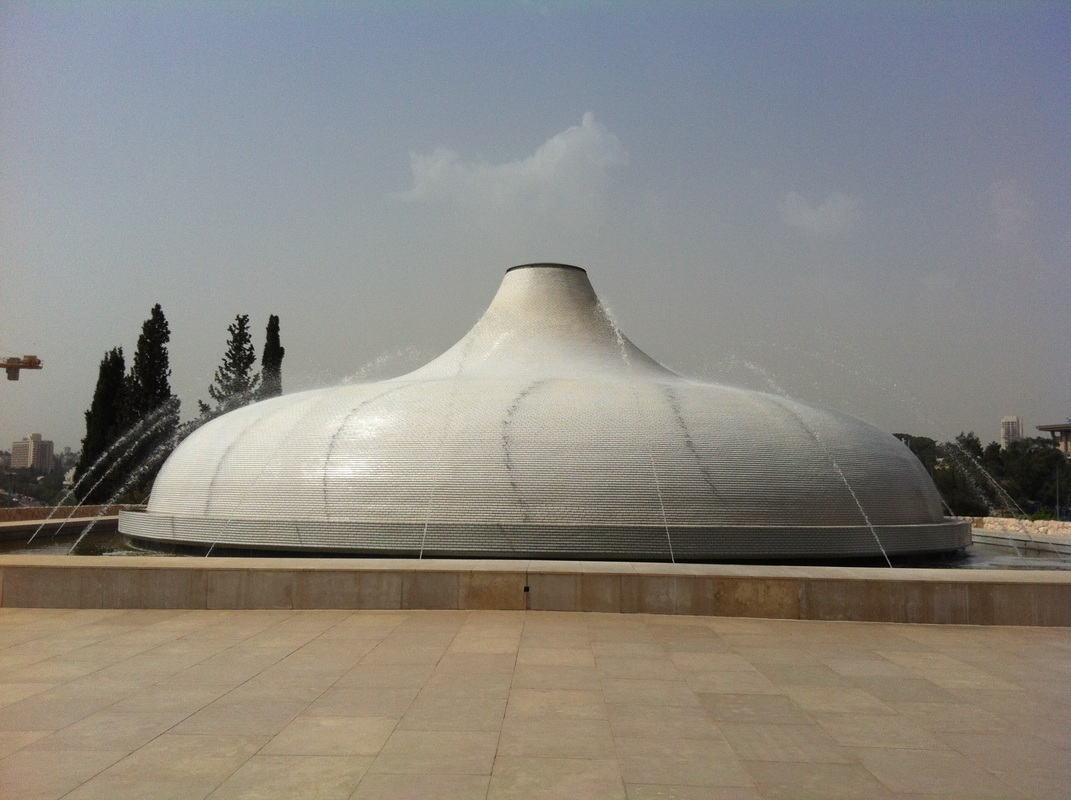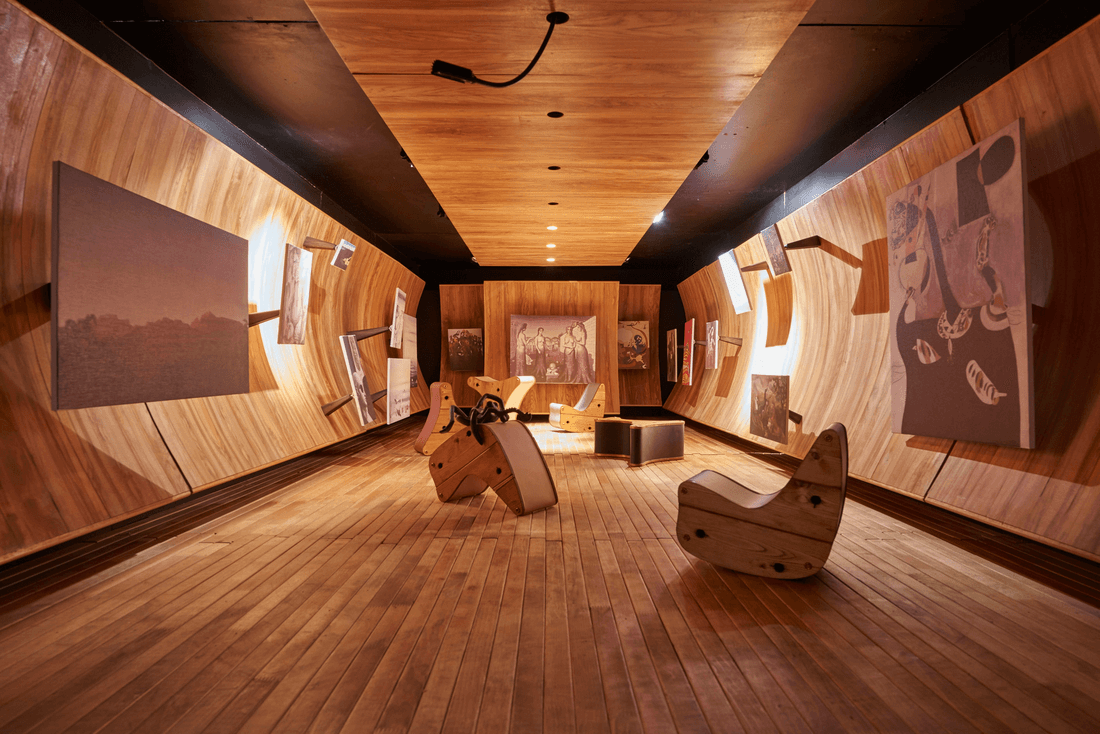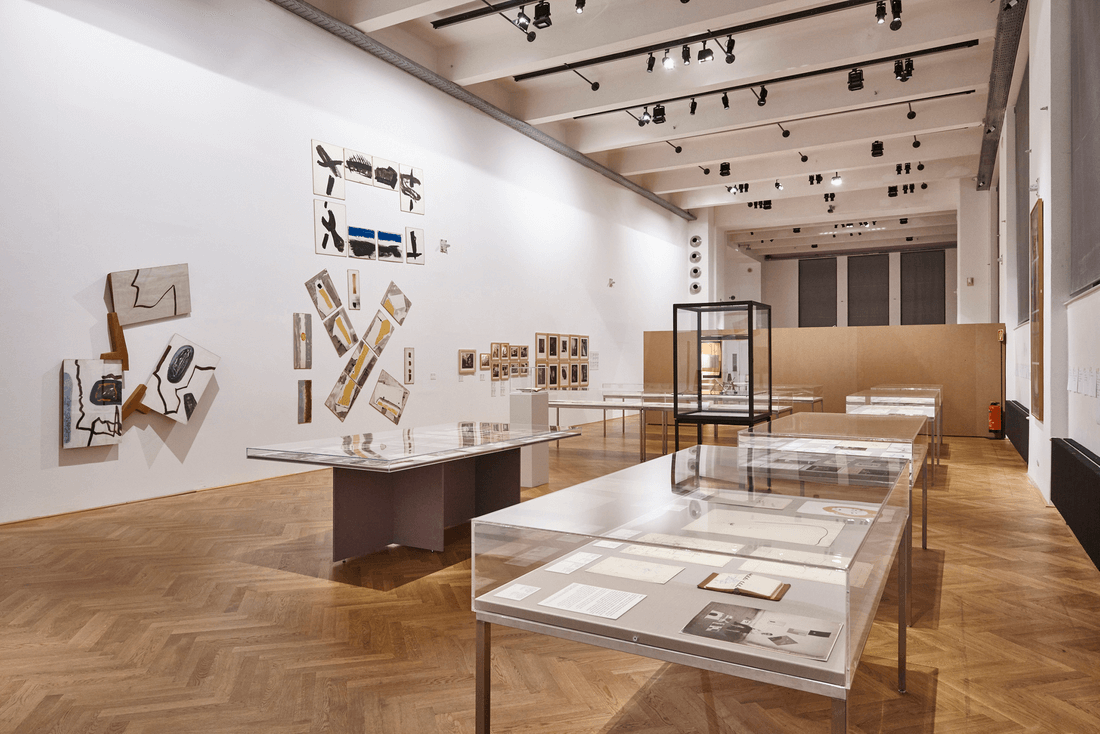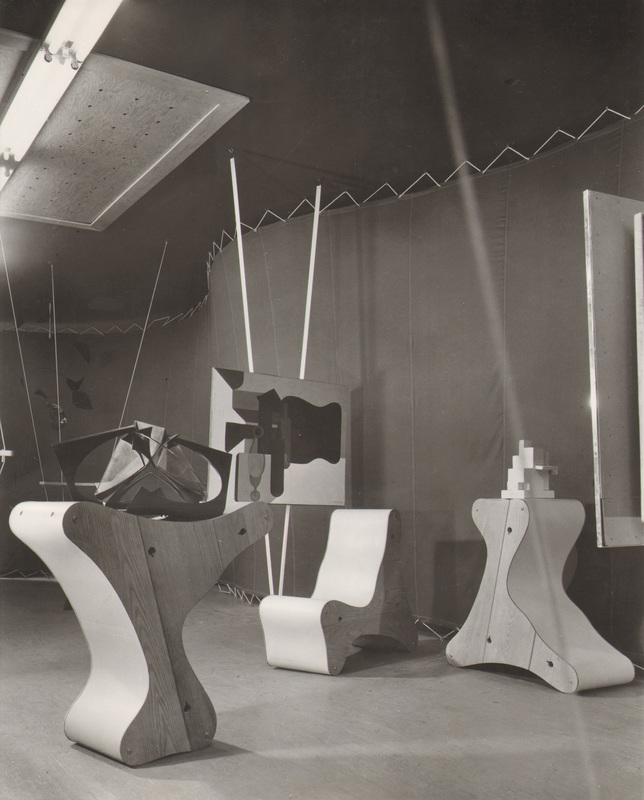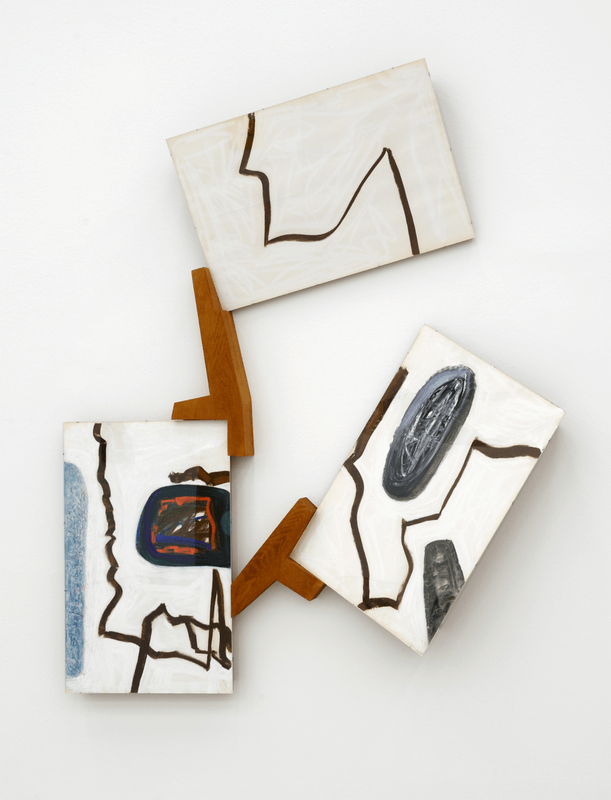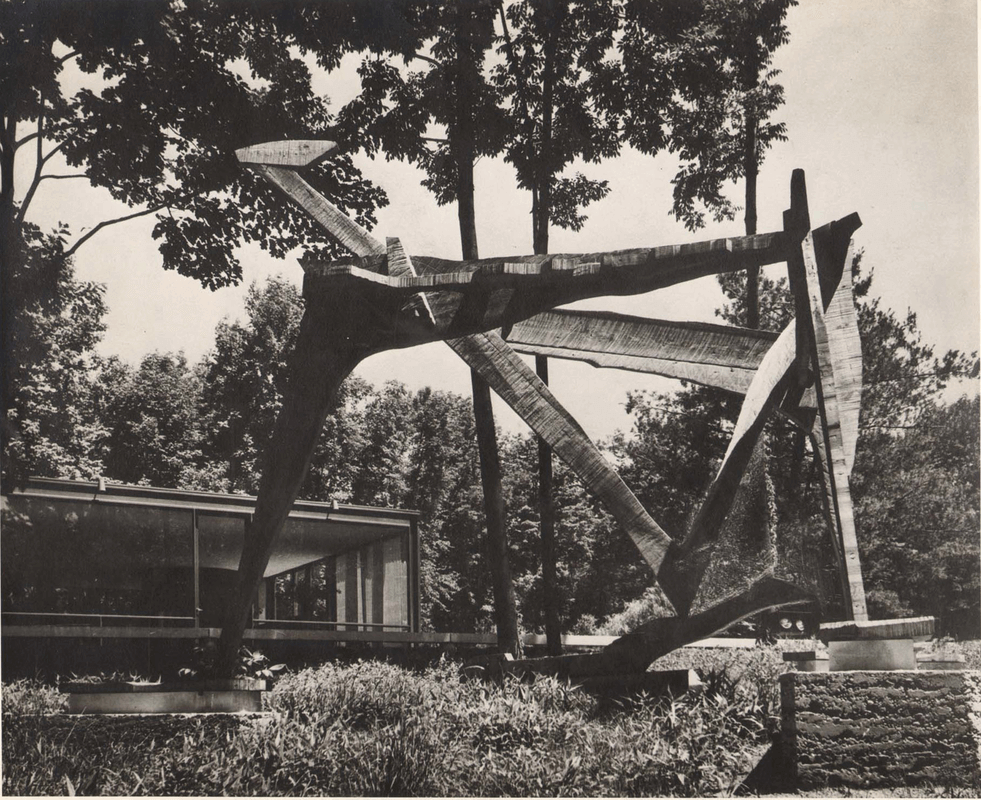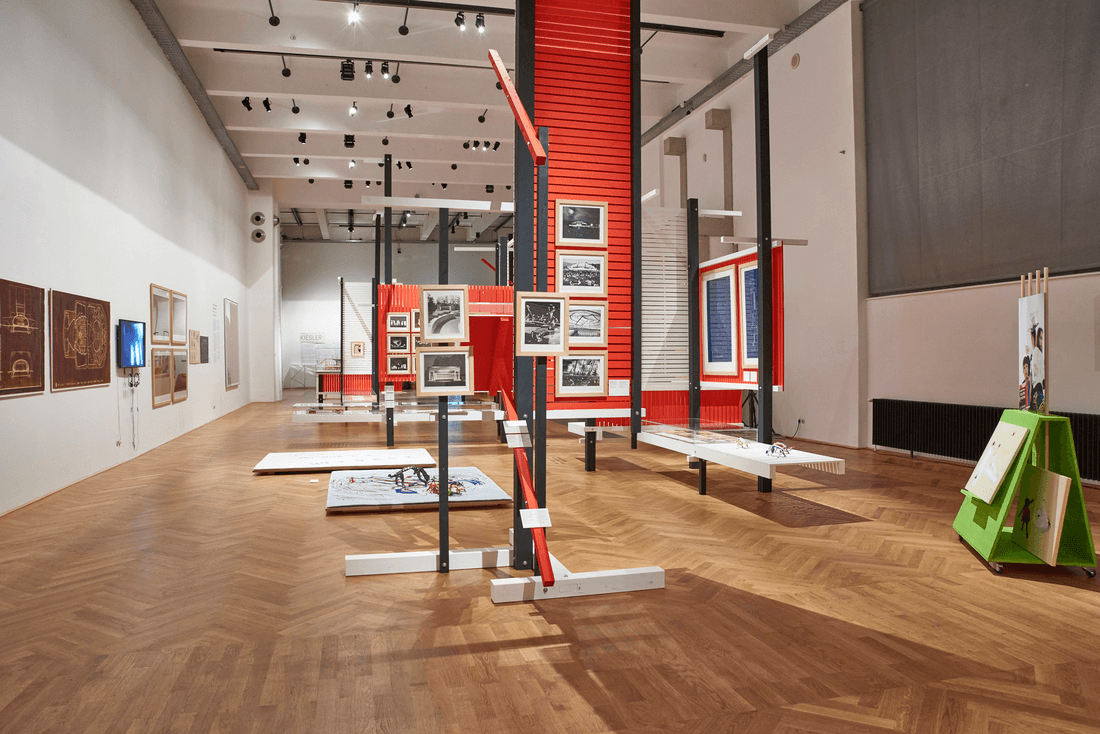Growing up in Israel, my first recollection of Frederick Kiesler (1890–1965), the visionary Austrian-American artist, designer, architect, had been his magical Shrine of the Book, the home of the Dead Sea Scrolls, which he co-designed in 1965 as a white, sleek dome, a part of the Israel Museum in Jerusalem (below). I then discovered his work as a student of art history, and have always been fascinated with his vision of the relationship between art, space, and the spectator. In cenebrating five decades to his death, Kielser has been on the pedestal this year over and over again. In the documentary ‘Peggy Guggenheim: Art Addict,’ his design of her legendary gallery The Art of This Century, which Guggenheim opened in New York in 1942 was celebrated; his Endless House, a single-family home and archetypes of dwelling as themes for the creative endeavors of architects and artists, was the subject of an exhibition at MoMA earlier this year (above); the New York apartment that he designed for his friend, textile designer Marguerita Mergentime on Central Park West has been reconstructed in the current MoMA exhibition ‘How Should We Live? Propositions for the Modern Interior’; and a retrospective ‘Frederick Kiesler: Life Visions; was just closed this week, created in a collaboration between the Austrian Frederick and Lillian Kiesler Private Foundation and MAK, the Viennese museum of decorative arts. Seeking to present the complex oeuvre of Kiesler’s work, the exhibition was a great opportunity to learn about one of the greatest visionaries of Viennese Modernism who spent much of his time with such stars as Otto Wagner, Josef Hoffmann, and Adolf Loos before moving to New York at the age of 34. Finally, late this month, the Kiesler Foundation in Vienna will open a show devoted to the interior he created for Mergentime, whose legacy itself will be uncover in a publication by her granddaughter Virginia Bayer in December.

